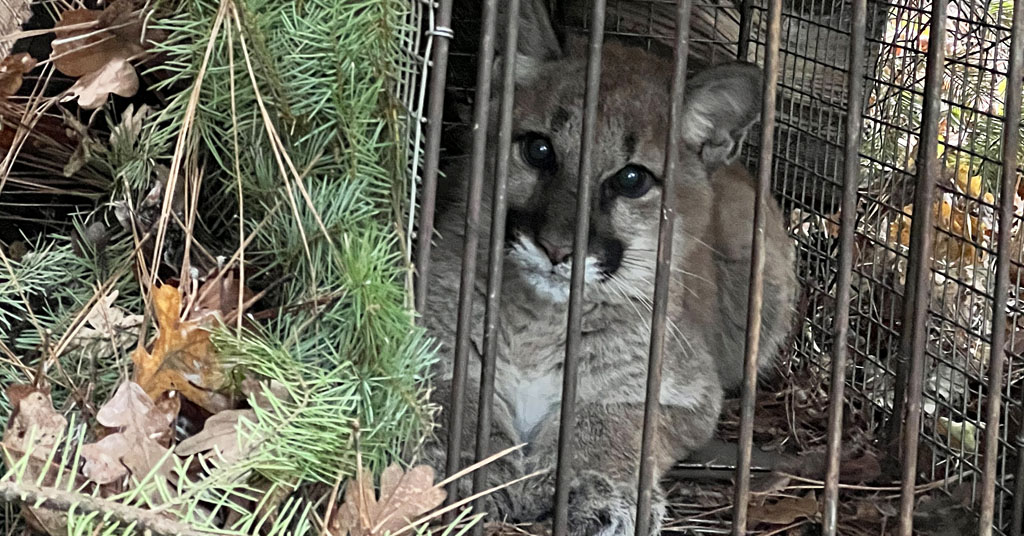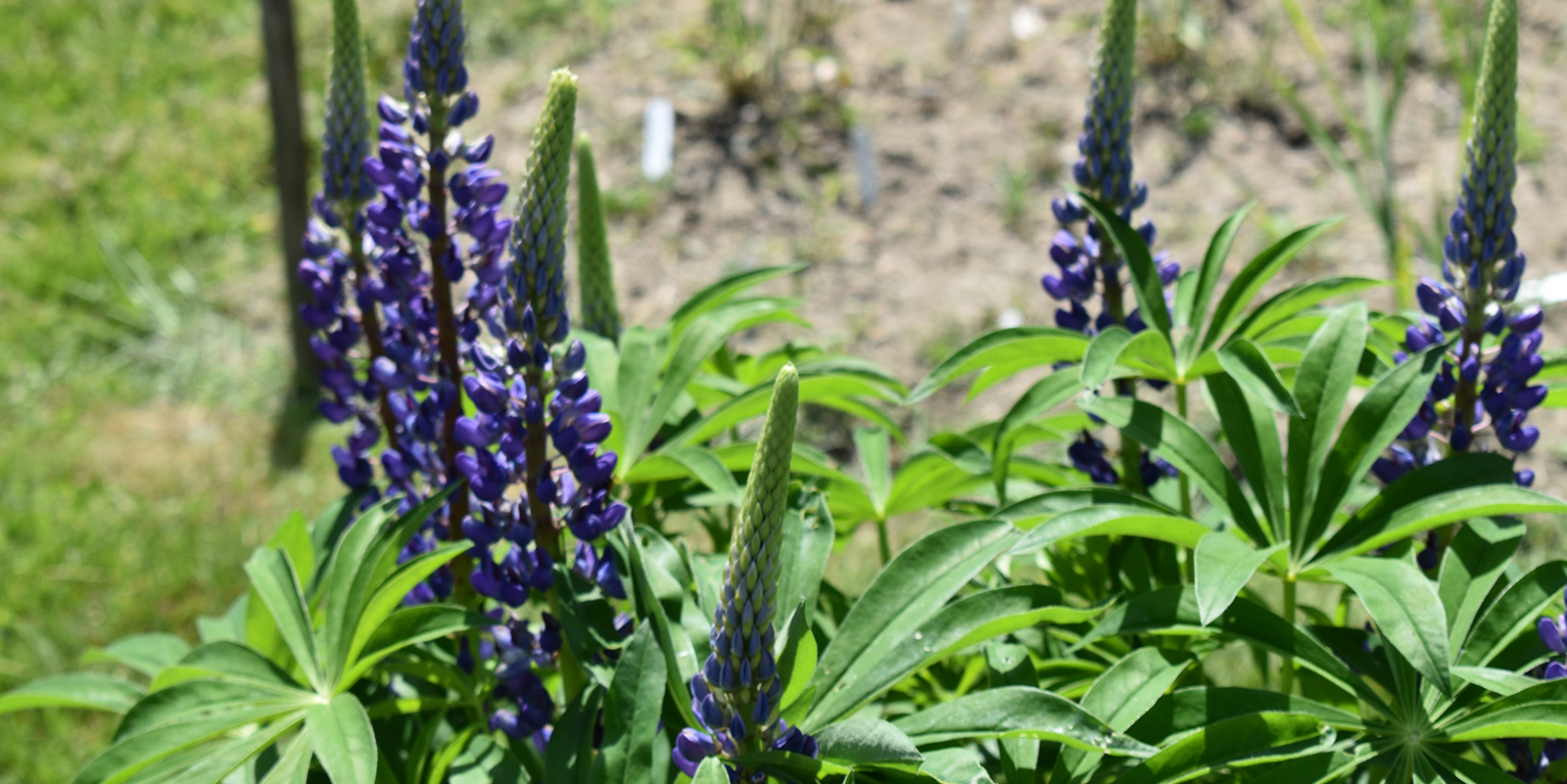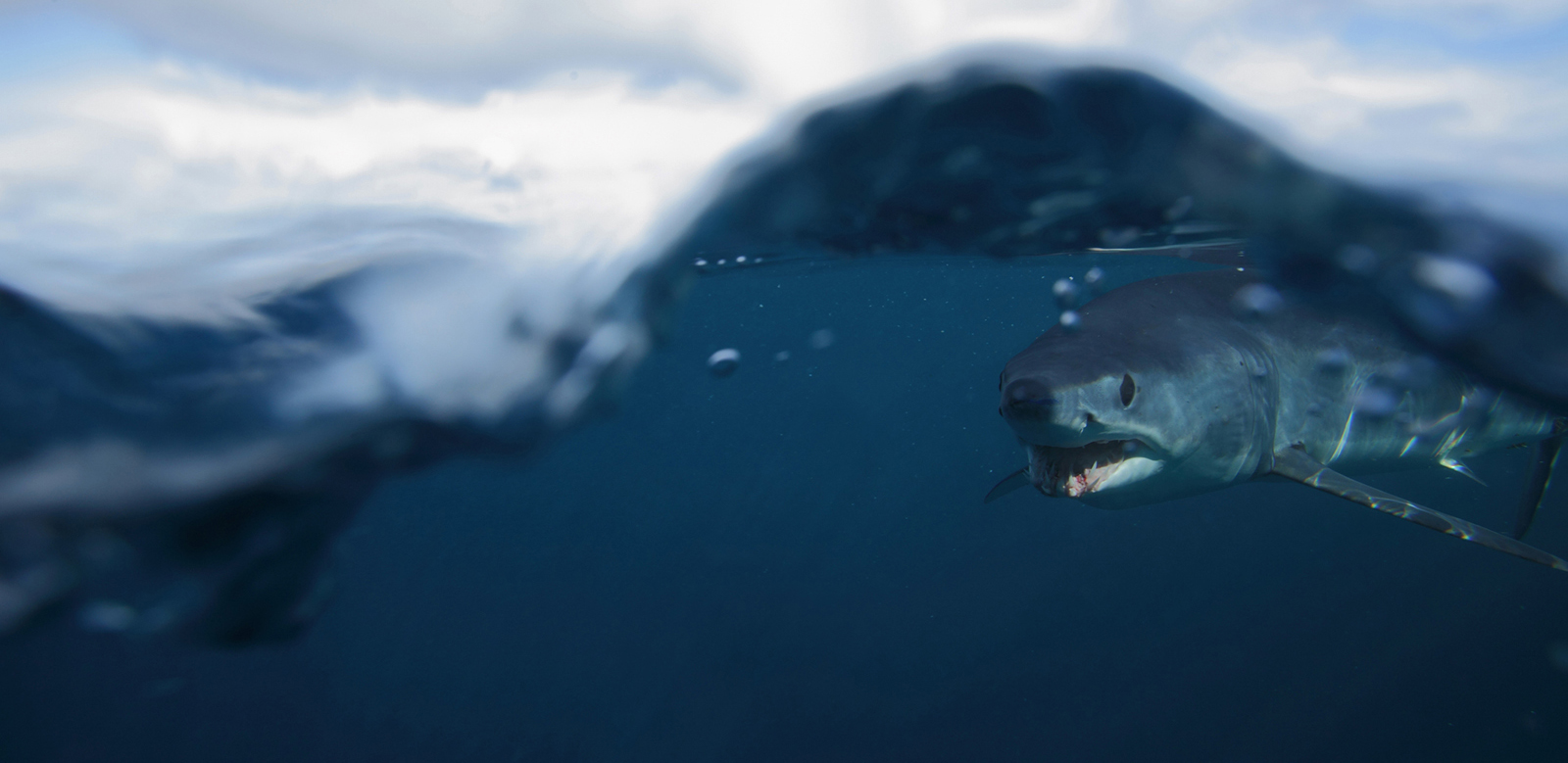R.I.’s First Lizard Species Discovered in South County
May 1, 2020
Rhode Island’s herpetological community is bursting with excitement at the discovery of the first confirmed lizard sighting in the state. A five-lined skink (Plestiodon fasciatus) of uncertain origin was found in South County on April 22.
Emilie Holland, an environmental scientist with the Federal Highway Administration and president of the Rhode Island Natural History Survey, made the discovery and immediately contacted other National History Survey board members with expertise in identifying lizards.
“I was just poking around when I saw the little guy,” she said. “I thought it was a salamander at first, and I grabbed it really fast. When I opened my hand, I thought it was going to be a mole salamander, but it didn’t move as fast as a mole salamander normally would.”
When University of Rhode Island herpetologist Nancy Karraker received a text and photo of the lizard from Holland, she was in the middle of a virtual meeting.
“My initial reaction was, how quickly can I get out of this meeting and go find Emily to see it,” Karraker said.
The five-lined skink is typically found throughout the Southeast and Midwest, where it’s quite common. Small numbers are also found in the Hudson Valley of New York and into western Connecticut and western Massachusetts. But with the exception of a few unconfirmed observations, they have never been recorded in Rhode Island.
Growing about 6 inches long with distinct brown and cream-colored stripes, the skinks have blue tails as juveniles, and adult males have a reddish throat. The one Holland found was a juvenile.
“The blue tail is a defense mechanism,” said herpetologist Lou Perrotti, director of conservation at Roger Williams Park Zoo. “A predator is going to attack the brightest piece of the animal, and the lizard can drop its tail to get away. It gives them a protection advantage.”
The big question is how it arrived in Rhode Island: Did it arrive naturally on its own, or was it brought to the area by humans, either intentionally or unintentionally? Since it was found near railroad tracks and a lumberyard, many possibilities are being considered.
“Skinks love rocky woodlands where there’s lots of fallen timber,” Perrotti said. “And they love railroad corridors because they’re typically lined with rocks that are great for thermoregulation. Lizards love to climb out on the rocks.
“Was it a stowaway on a train? Was it transported up here in lumber or mulch? We don’t know. We need to find more specimens. Is it possible there’s a population here? Absolutely. But unless you really look for them, they’re really hard to find.”
Scott Buchanan, a herpetologist with the Rhode Island Department of Environmental Management, has contacted a colleague who studies Italian wall lizards that have dispersed up the Northeast rail corridor, but no skinks are known to have been found along the tracks.
Holland hopes it arrived in Rhode Island on its own.
“The child side of my brain says, ‘How cool would that be,’” she said. “But when I stop to think about it, the likelihood is that it somehow got imported here.”
Karraker agreed.
“It’s not a range extension in the sense that it marched its way east to Rhode Island,” she said. “My immediate thought is that it came in somebody’s mulch — or some eggs did — or in a load of wood. There are enough people like me and Lou and Scott and all my students who are constantly running around Rhode Island looking for stuff, rolling over logs. If they were broadly distributed in Rhode Island, we’d know about it.”
Another possibility is that the skink was released by someone who kept it as a pet.
“Pretty much every animal is in the pet trade, but I’ve spent time perusing Craig’s List and I had my students investigating pet shops this semester, and I don’t think this species turned up in anyone’s records,” Karraker said. “They’re not something that tames easily, they’re very sensitive to people being around, and they hide, so they don’t make a good pet.”
Because the skink probably survived here in the winter, it raises additional speculation. David Gregg, executive director of the Natural History Survey, wonders whether the changing climate may have played a role in its survival in the state.
“If further research shows this is a breeding population and not just a lone escapee, then however this particular population of skinks got to Rhode Island, they never could have survived here before but now they can,” he said.
But Karraker noted that some native populations of the skink in New York are nearly as far north as the Adirondack Mountains, where it’s often colder than Rhode Island, so she isn’t convinced climate change has played a role.
“I don’t think it has anything to do with climate,” she said. “Something got moved and the skink was in it, and Rhode Island isn’t a bad place to be. The skink detected that there weren’t any other lizards here to compete with, and it survived.”
The next step for the group of herpetologists is to search the area for additional specimens to determine how large the local population may be. Buchanan will be screening the first specimen for diseases and conducting a genetic analysis to determine from where it originated.
But for now, the skink lives in an aquarium at Karraker’s house, where she is feeding it termites.
“I didn’t want to release it,” she said. “That’s a decision for DEM to make, not me. So I’m just waiting to make the handoff to DEM to take charge and figure out what to do with it.”
Rhode Island resident and author Todd McLeish runs a wildlife blog.




So wish it had just been left in the wild. Life in a tank is cruel. Turning it over to DEM is always a disaster for the animal. When will we learn that all interference by humans is bad news for animals….every time.
Agree with james. It should be left in the wild after initial observations are made. Weigh, measure and release. Follow up study the habitat area it was found.
Aren’t they pretty well established in parts of Connecticut?
I had quite a collection on my property on the Eastern Shore of MD. There was a barrel of dry potting soil in a greenhouse that was a magnet for over-wintering and laying eggs during spring breeding season. Movement with bagged mulch or bagged soil is entirely possible. I found several living in bagged potting soil that was exposed to the direct heat of the sun.
I found a baby lizard in my house yesterday and I live in South County!!!